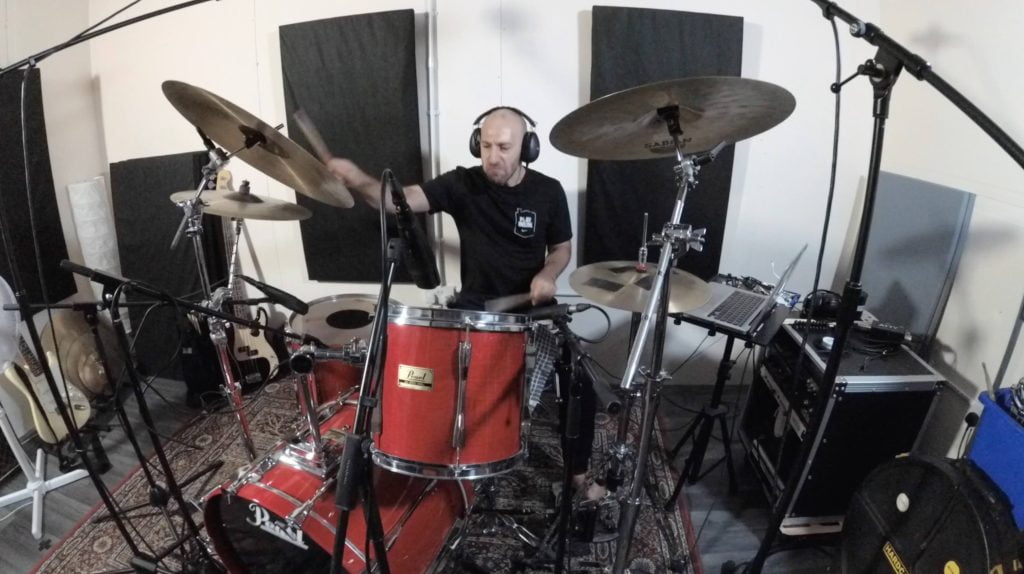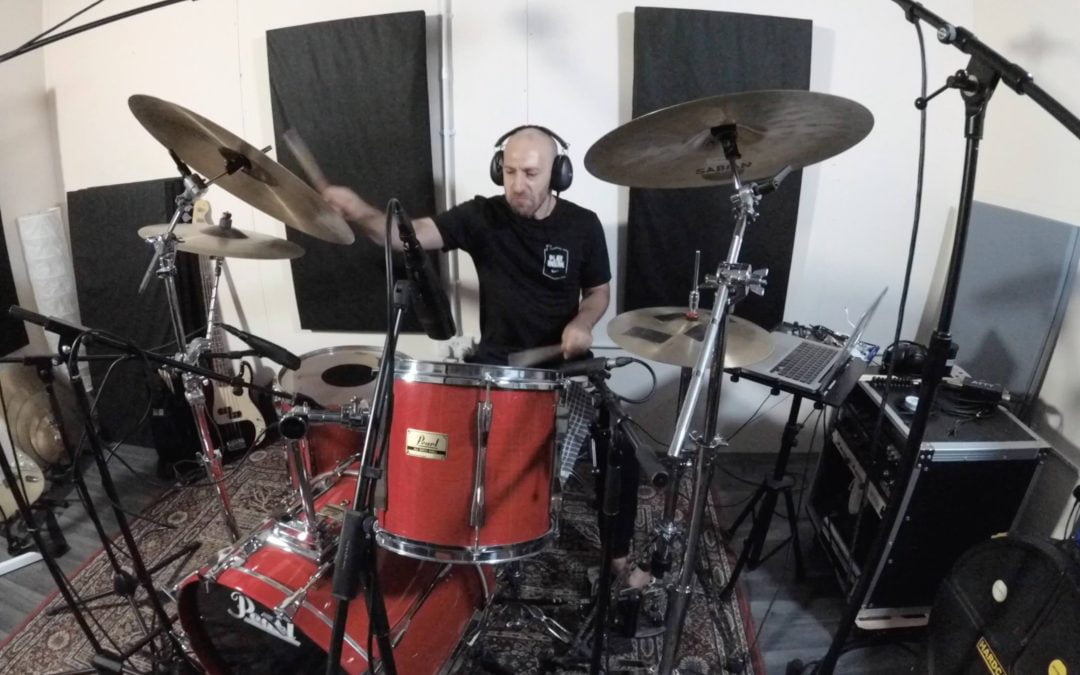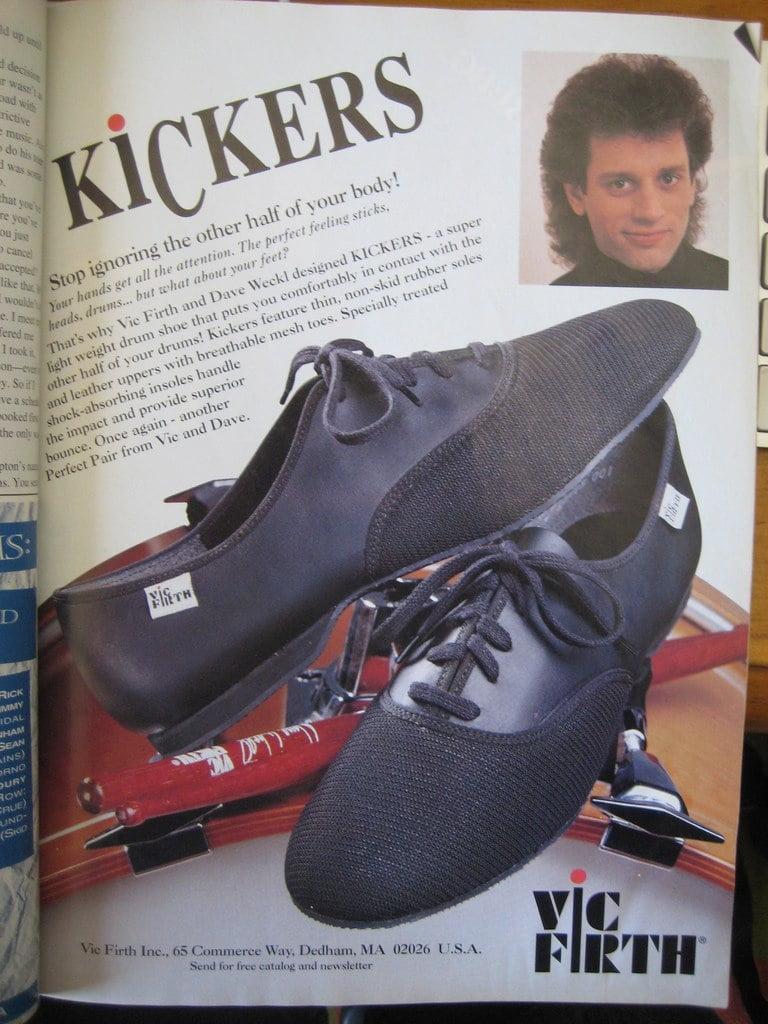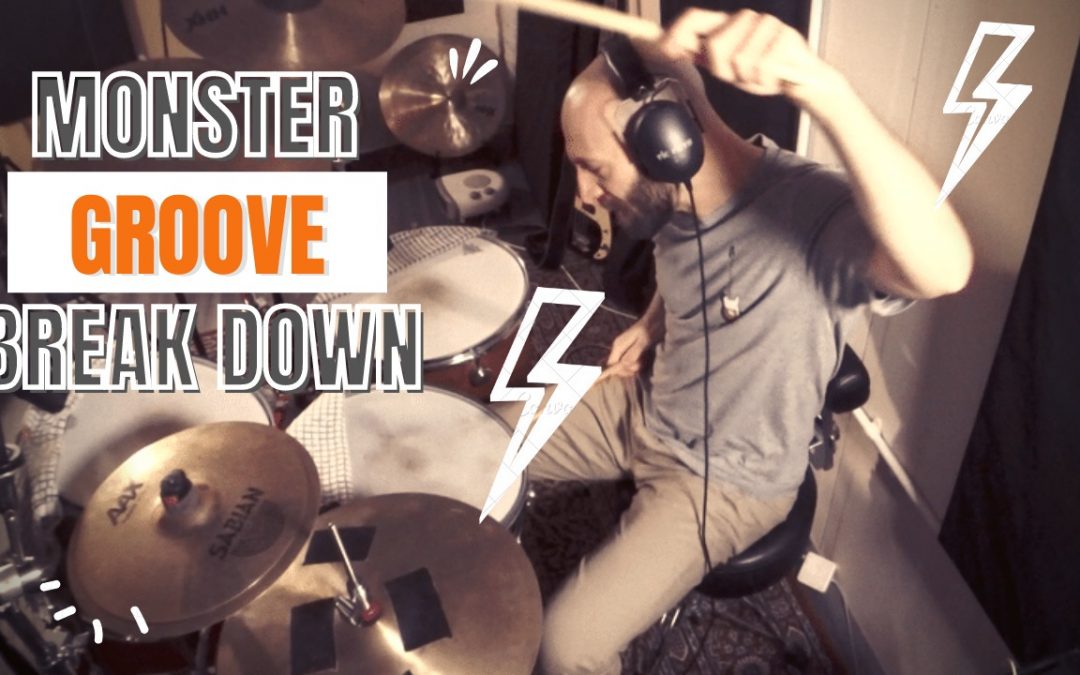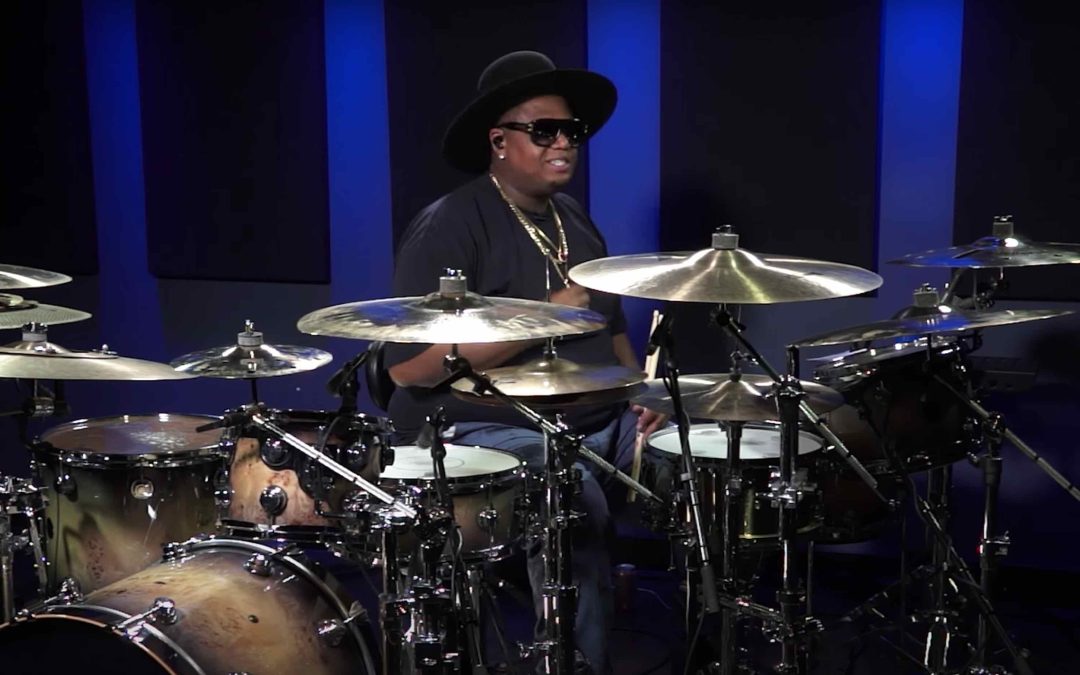
STANLEY RANDOLPH: SUPERSTITION DRUM LESSON
This Stanley Randolph Superstition drum lesson explores one of his live performances of the song with Stevie Wonder!
STANLEY RANDOLPH SUPERSTITION DRUM LESSON
Stanley Randolph’s regarded as one of the most talented drummers today. He’s worked with top artists in the industry including Christina Aguilera, New Kids on the Block, and Tori Braxton, and more. However, he’s best known for being Stevie Wonder’s drummer for over a decade.
When it comes to Randolph’s deep pocket and groove, he’s hard to beat! In this Stanley Randolph Superstition drum lesson, you’ll get to dive deep into his grooves! You’ll be able to download my detailed transcription of one of his live performances of the song with Stevie Wonder. Needless to say, his drumming on it is nothing short of amazing.

SUPERSTITION: A LITTLE BACKGROUND
Released in 1972 as the lead single from the album Talking Book, Superstition has become a classic! Its unmistakeable drum intro and groove and catchy melodies has captured the attention of music fans around the world. And, if you didn’t know, most of the instruments including the drums, were performed by Stevie Wonder himself… What a legend!

Live, however as you’ll get to explore, Stanley Randolph’s drumming really does take the song to a new level. He manages to keep the spirit of the original, whilst adding a fresh take that’s tight and oh-so-groovy. He’s solid, precise, powerful and tasteful yet always serving the song. He makes both easy to dance to, and a riveting listen for drummers!
At the heart of Randolph’s playing is his deep love and respect for Funk music. He has studied the great drummers including Dennis Chambers, and other legends like Vinnie Colaiuta, Dave Weckl, Steve Smith, Will Kennedy, Buddy Rich. You can read a great interview with him on Mike Dolbear’s website here
SUPERSTITION: IN DETAIL
In this Stanley Randolph Superstition drum lesson, you get to explore his playing and creative choices in full detail, as I’ve painstakingly transcribed the entire performance of the video above. The transcription reveals lots of fun and challenging phrases that will stretch your playing. There’s great use of ghost notes, syncopated rhythmic patterns, interesting use of accents during fills, and more! You can download the Stanley Randolph Superstition drum lesson transcription at the bottom of the page.
SUPERSTITION: CHORUS GROOVE BREAKDOWN
Below are two examples which are some of my favourite passages of this particular performance. Both are choruses, and whilst both might seem similar at first glance, they’re very different and offer different coordination challenges.
SUPERSTITION LIVE: CHORUS #1
SUPERSTITION LIVE: CHORUS #2
You can download the transcription for these two phrases following the link below, and continue to the bottom of the page to download the full Superstition transcription.
CHORUS ONE AND TWO TRANSCRIPTION
APPROACH TO LEARNING
When learning grooves, phrases or fills from this Stanley Randolph Superstition drum lesson, or anything else really, I would suggest to always play slowly, using a metronome to keep you steady. Another big tip which will be helpful is that, due to the fairly unusual hand and feet combinations, it might be worth learning to play the hand patterns first before adding the feet, as you would with a book like Gary Chester’s New Breed.
Learn how all of these elements come together by downloading the transcription below.
DOWNLOAD THE FULL TRANSCRIPTION HERE.
AND IF YOU’RE FEELING GORGEOUS, LEAVE ME A TIP! 😀
SUBSCRIBE TO MY MAILING LIST FOR MORE DRUM LESSONS
Get this and other free drum lessons on my blog, or sign up to my mailing list to receive them straight to your inbox (head to the bottom of the lessons page)!
Thanks again for stopping by, and enjoy!
Stay safe,
Nick 🙂


